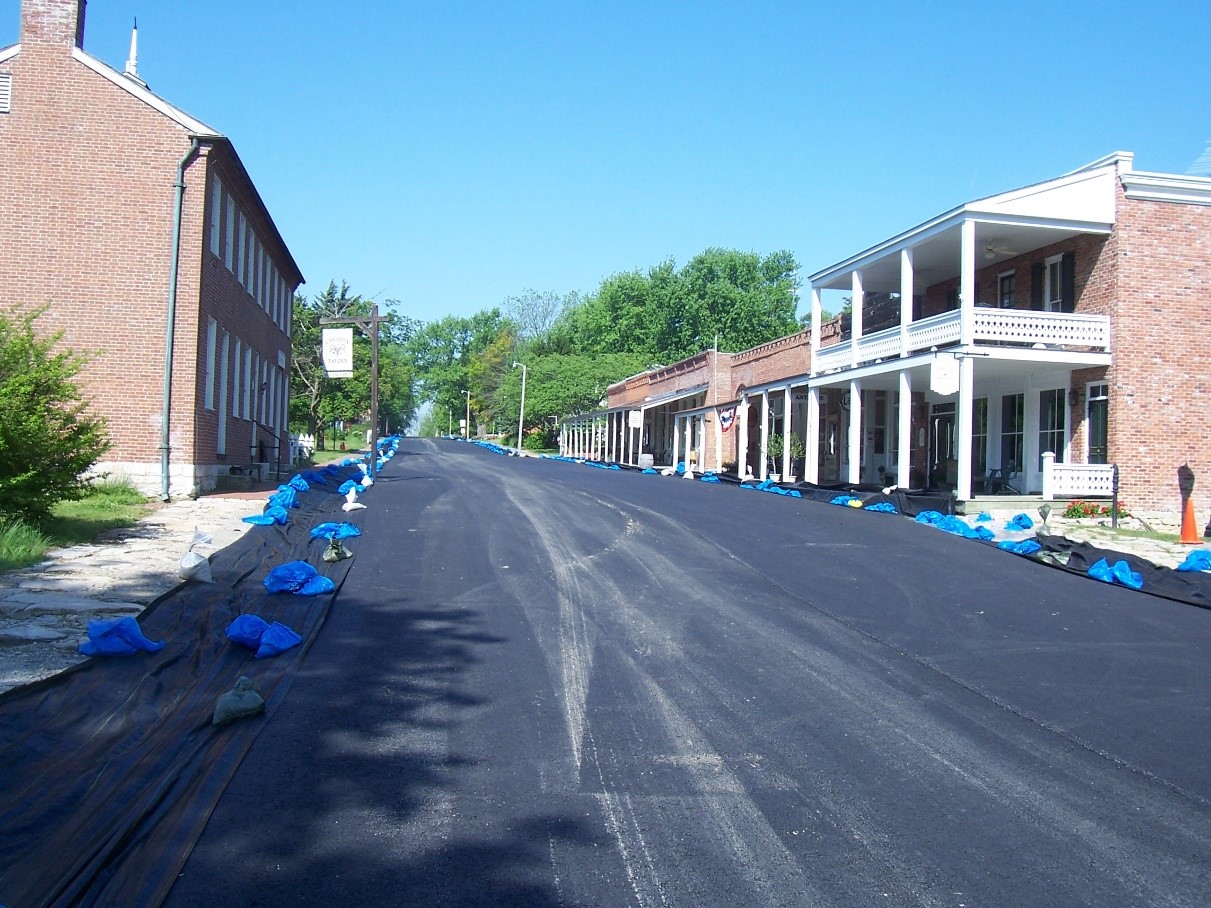WHAT IS A HISTORIC PROPERTY?
OBJECTIVES
This section of the tutorial explains what is considered a “historic property” for the purposes of Section 106 and how the determination is made. This module also discusses the National Register of Historic Places (National Register) and the role of the National Register Criteria for Evaluation in defining a historic property. When you have finished this module, you should have a basic understanding of the following:
- The definition of historic property
- The types of properties that can be considered potentially eligible for the National Register
- The criteria for evaluating whether properties are eligible for the National Register
- The parties and process for making determinations of eligibility
OVERVIEW
Section 106 requires FHWA to take into account the effects of their actions on properties listed in or eligible for listing in the National Register. The National Register was established by the National Historic Preservation Act as a national listing of properties that have been identified as worthy of preservation. Properties eligible for or already listed in the National Register are considered “historic properties” and are subject to consideration following Section 106 and its implementing regulations. The Section 106 process hinges on establishing whether any properties included in, or eligible for inclusion in, the National Register may be affected by an agency’s undertakings.

This project repaved the main highway through the village of Arrow Rock, founded in 1829 and a National Historic Landmark (NHL) for its significance in early Missouri history and association with westward expansion. Projects such as this are required to comply with Section 106. Photograph courtesy of the Missouri Department of Transportation.
The National Register Criteria for Evaluation form the basis for determining whether a potentially significant property meets the definition of “historic property.” In the course of the Section 106 process, the criteria are applied by the Federal agency guided by individuals meeting the Secretary of the Interior’s Professional Qualification Standards (qualified professionals) and in consultation with State Historic Preservation Officers (SHPOs) and/or Tribal Historic Preservation Officers (THPOs). A property must meet one or more of the Criteria for Evaluation and have integrity to be considered eligible for the National Register and therefore subject to Section 106.
For questions or feedback on this subject matter content, please contact David Clarke.

